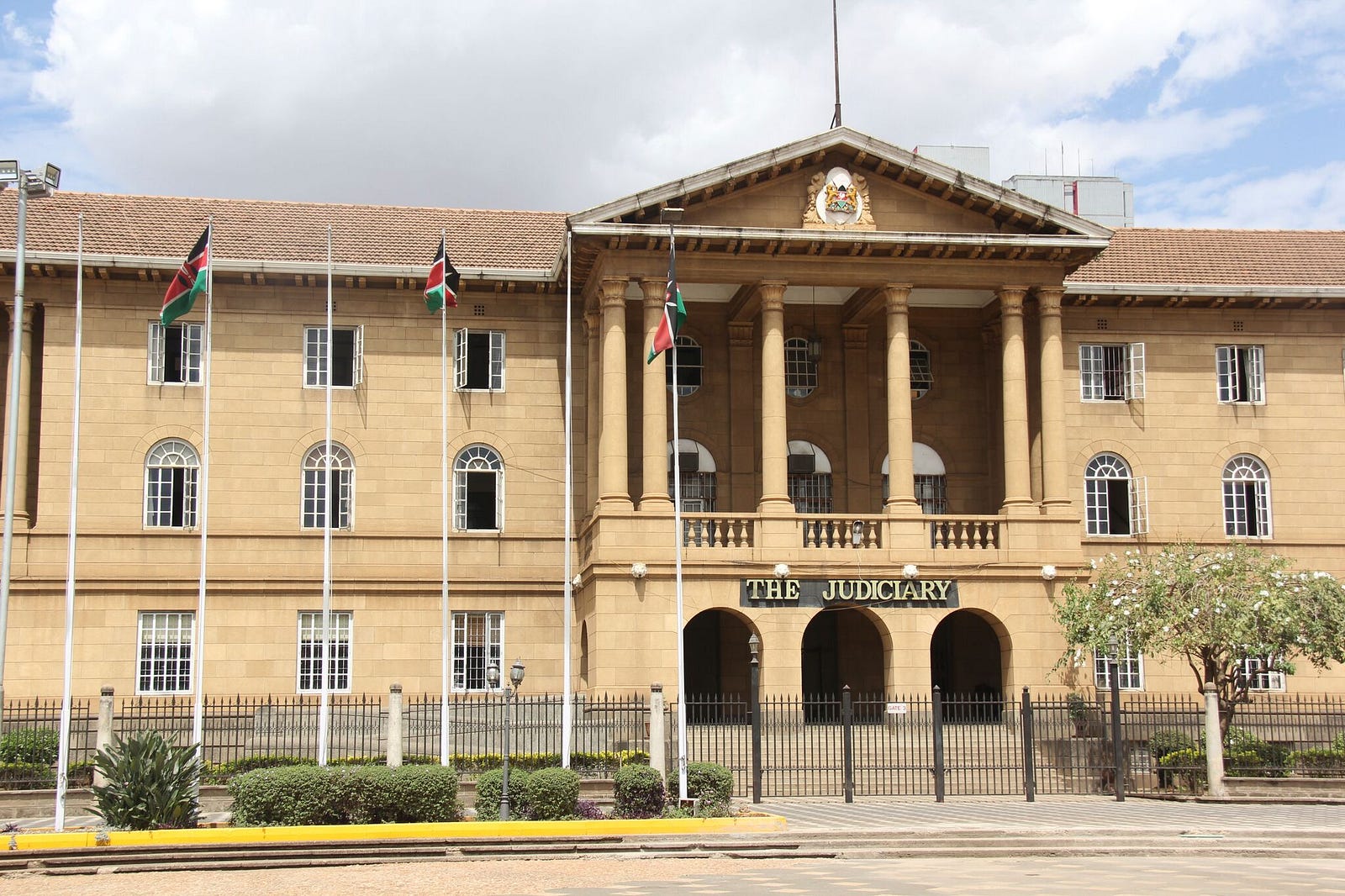When Kenya was plagued with stories of ritualistic crimes, including child kidnappings and rape in the early 1990s, any organization that was not seen officially as a church was thought to be having devil worshippers and, hence, was accused of being responsible.
This even led to the establishment of the Devil Worship Commission of 1994, which was to investigate the “spread of devil worship in Kenya”. The Kenyan government, however, refused to disclose the outcome of the report, saying that it was too sensitive.
But when it got leaked in 1999, many realized that the government’s stance was not entirely out of place, as implementing what was in the report would have been a disaster for the whole country.
According to Owaahh, the leaked report demonized anything that the church did not agree with, including Mormons, art, matatu culture and the Freemasons.
The Freemasons were then seen as secretive and powerful. They were accused of “praying in the dark while nude, eating human flesh and drinking human blood, and walking backwards while in the temple,” according to the report by Owaahh.
The commission report described them as wealthy people who drive expensive cars. These descriptions fitted what people thought were devil worshippers and soon, people associated them with the ritualistic crimes that were ongoing at the time.
The Freemasons immediately became the enemy of most people, yet, they were the same individuals who had helped build Kenyan capital, Nairobi, from the 1910s.
The Freemasons put up prominent structures like the All Saints Cathedral in the early 1900s, as well as, designed key buildings, including those hosting government offices, schools and other institutions.

With a masonic hand in the architecture of key buildings in the capital, it was the Freemasons who defined Nairobi’s early architecture, building some of the magnificent buildings that are now seen as classics, writes SDE.
Apart from the All Saints Cathedral and the Freemasons Hall, officially known as The Grand Lodge of East Africa (GLEA), the Freemasons would build Kenya’s parliament, the McMillan Library, Kenya Railways headquarters, among others.
In fact, when Kenya began planning Nairobi in the 1920s, the Freemasons, who had come from various places in Europe with their genius for bricklaying, and other construction methods, were free to work anywhere.
It is said that after independence in the 1960s, several black elites were invited to the organization. The Freemasons only accepted men who believe in a creator and actively practice a religion.
Yet, years later, the Devil Worship report would make them the target of many Kenyans, who would wage war against them and asked that their organisation be closed down.
Even when a famous politician and football star Joab Omino died, his church, the All Saints Cathedral initially refused to let his funeral ceremony be held in the church because he had publicly declared that he was a Mason.
The Freemasons would later come out to insist that they are not a secret society, and have since outlined some of their charity works. Their efforts in helping build Kenya’s capital can also not be overlooked.
It has been recorded that the layout of Nairobi was borrowed from Washington DC, Paris, Cape Town, Pretoria, Canberra (the executive capital of Australia), New Delhi and La Plata, a city in Argentina. Here’s a brief background of some of the historic buildings in Kenya established by the Freemasons:

All Saints Cathedral
Construction began in 1917 and was completed shortly before independence. Designed by the British architect, Temple Moore, who was a Freemason in Kenya, the main foreman who was in charge of its construction was also a Freemason, according to SDE.

Parliament building
Constructed in the 1950s, the building, with a large English-clock tower similar to London’s Big Ben, houses parliamentarians and even the mausoleum of the founding father of the nation.

The High Court
It was designed by Cobb & Archer and constructed between the 1950s and 1960s. The High Court has supervisory jurisdiction over all other subordinate courts and any other persons, body or authority exercising a judicial or quasi-judicial function. It was known as the Supreme Court of Kenya until 1964 and its name has remained unchanged since then.

City Hall
Housing the City Council of Nairobi, this building was designed by Cobb & Archer and began operations in the 1950s. In 1981, it was expanded when the 13-storey City Hall Annex was adjoined to the building.










